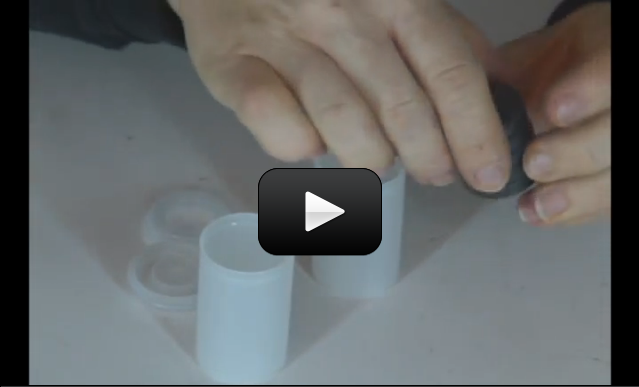Have you noticed that stuff sticks to your motor? If you drag your motor through a pile of paperclips, a few will get stuck to the side. What’s going on?
Inside your motor are permanent magnets (red and blue things in the photo) and an electromagnet (the copper thing wrapped around the middle). Normally, you’d hook up a battery to the two tabs (terminals) at the back of the motor, and your shaft would spin.
However, if you spin the motor shaft with your fingers, you’ll generate electricity at the terminals. But how is that possible? That’s what this experiment is all about.
Please login or register to read the rest of this content.


I think you’re asking, how does a motor generate electricity?
The electricity in your house actually runs forwards and backwards in an alternating cycle – it has no problems going one way or the other (unless you stick an electrical component like a diode in there to make it go only one way). You might want to look at the “Electricity Teleclass” so you can get a feel for how electricity works.
A motor generates electricity because it’s got magnets inside, and anytime you move a magnet past a coil of wire, you create an electric current inside the wire. How and why that is is explained in Unit 11 on Magnetism. Hope this helps!
how does the electricity go backwards?????
There’s a full lesson on them here:
https://www.sciencelearningspace2.com/unit-11-magnetism/lesson-2-electromagnetism/
with fun experiments you can do to really understand how they work! Let me know if you still have q’s after reading it over a bit… there’s a lot of pieces involved in understanding the whole picture or I’d normally just answer you with a sentence or two.
How do electromagnets work?
Caleb